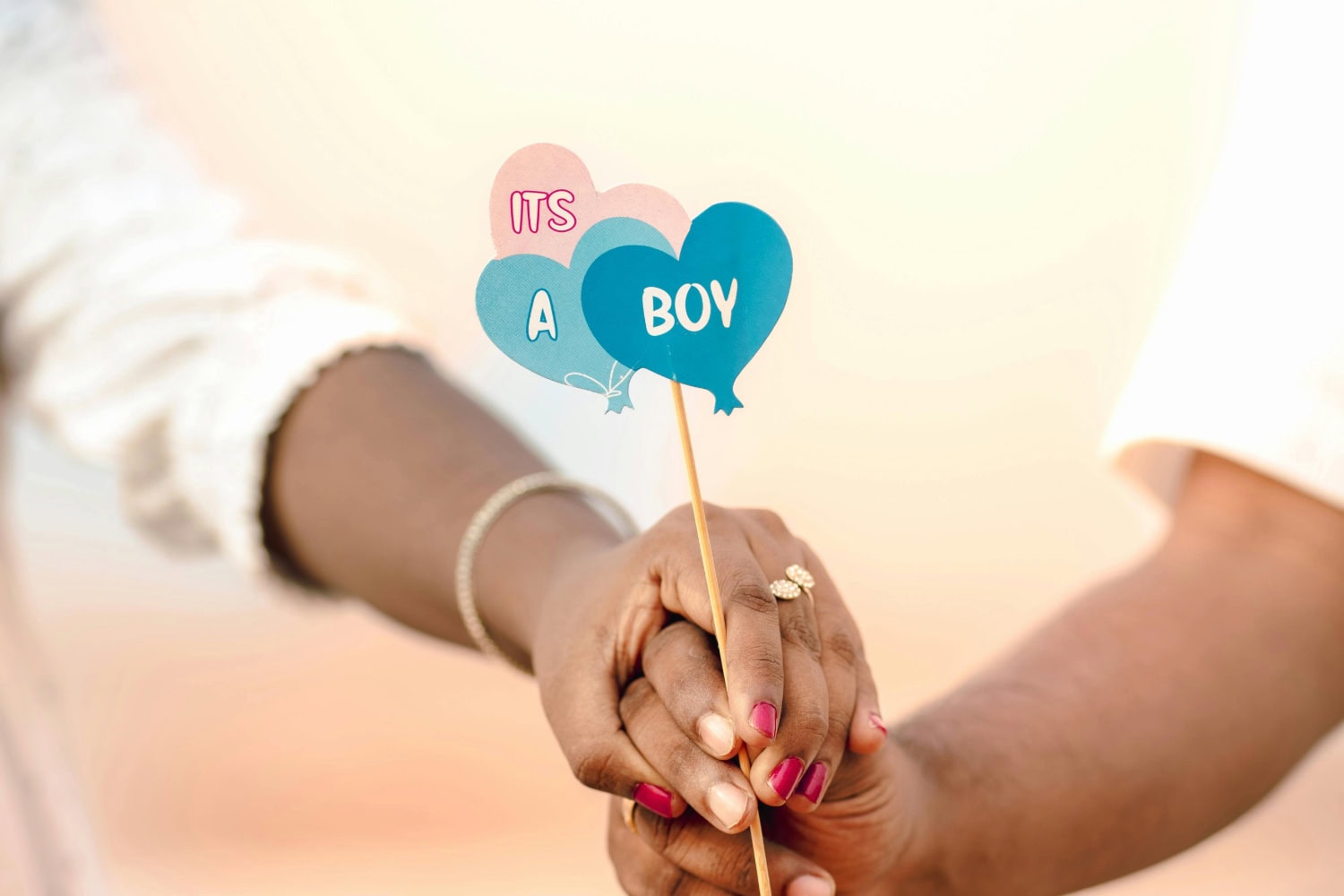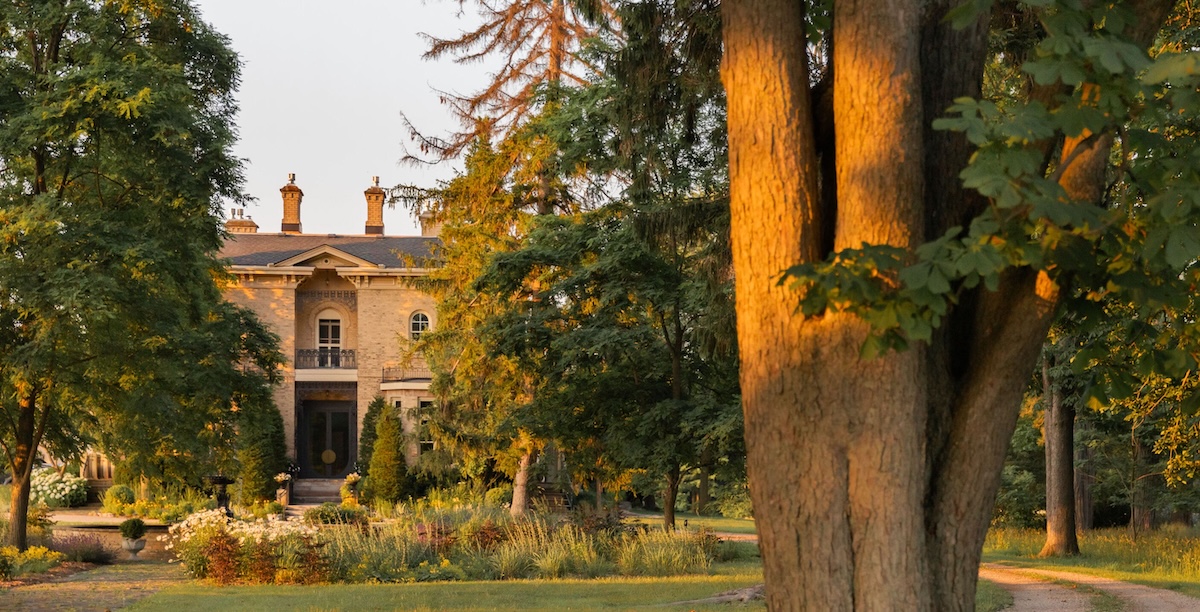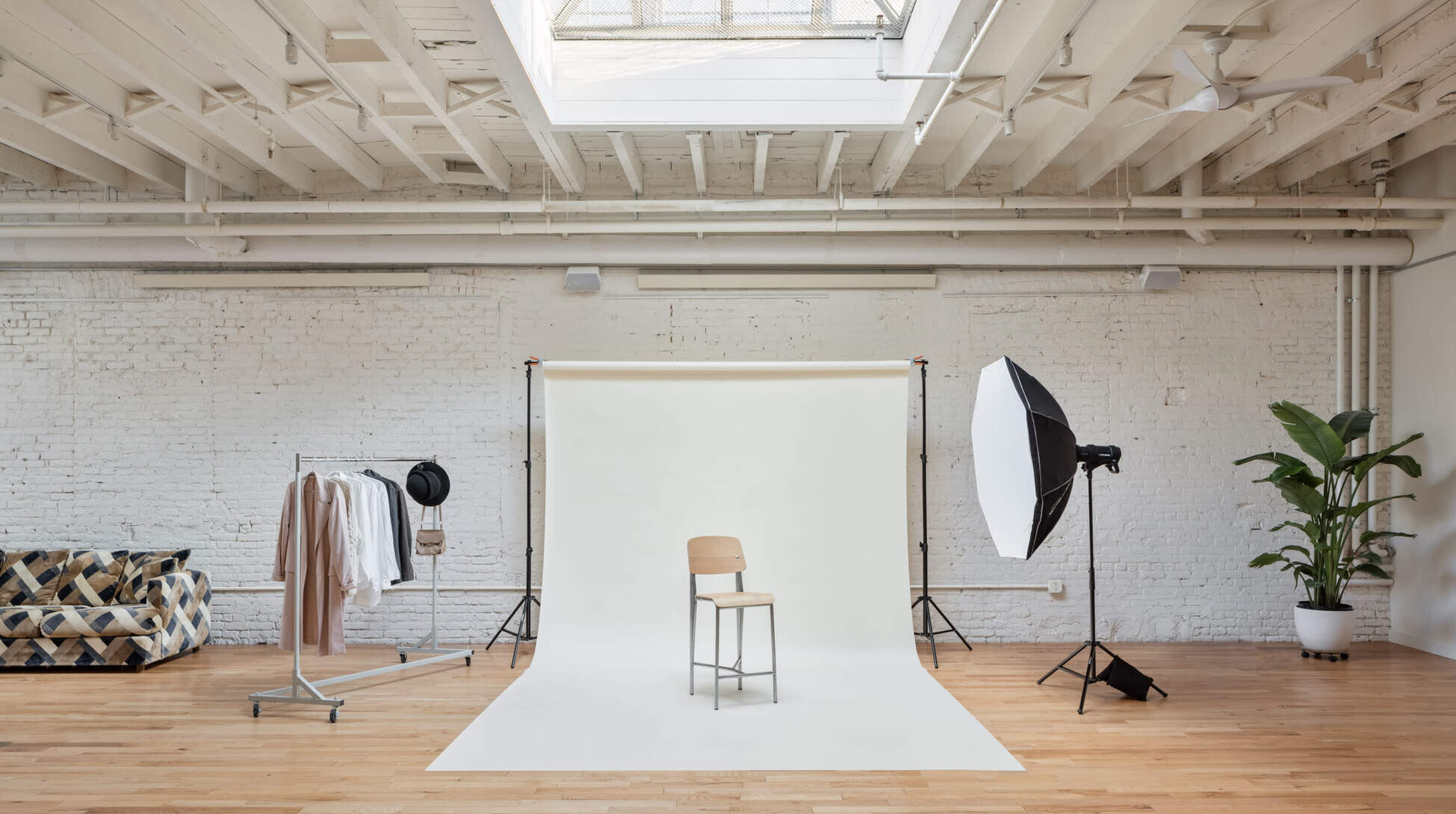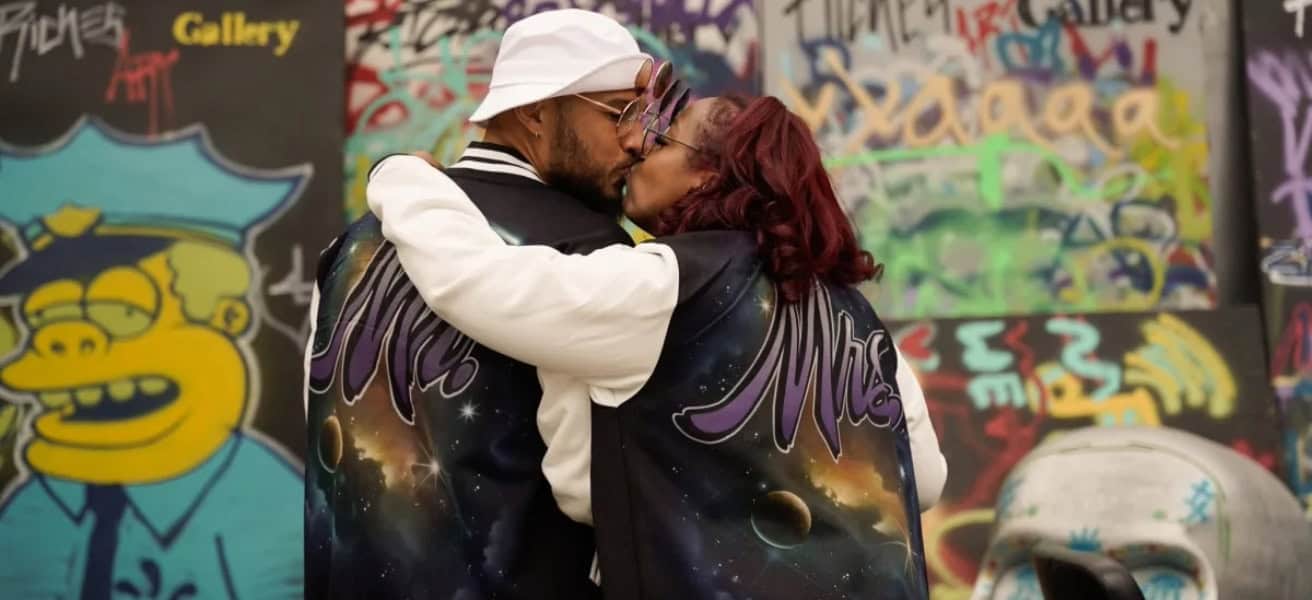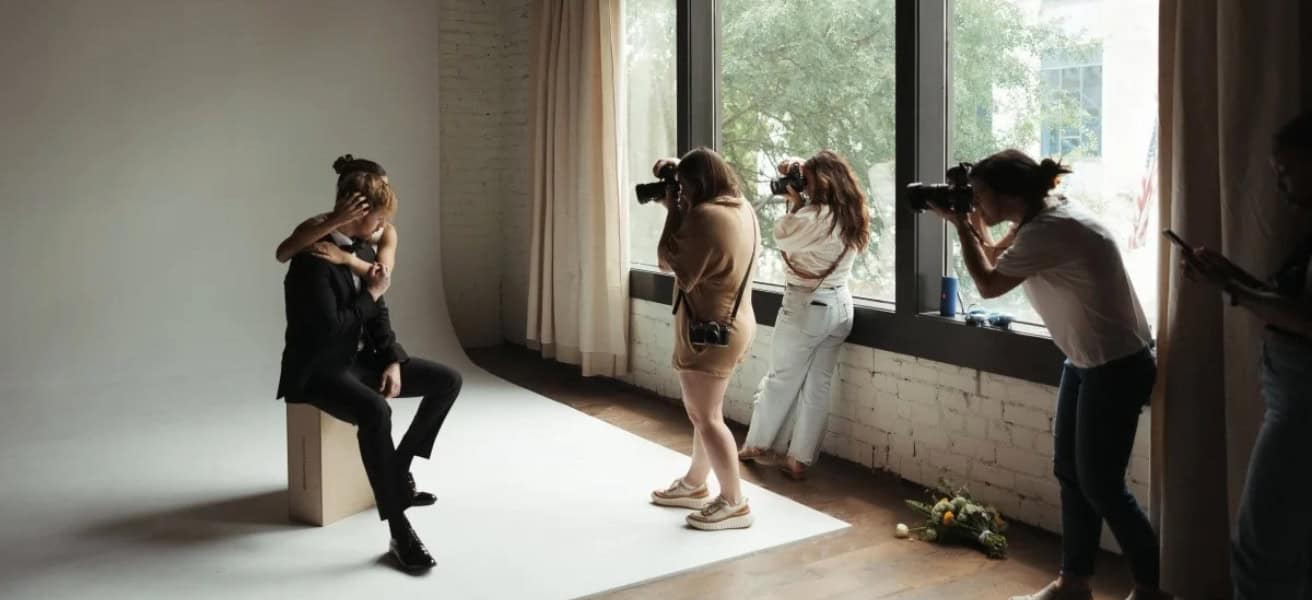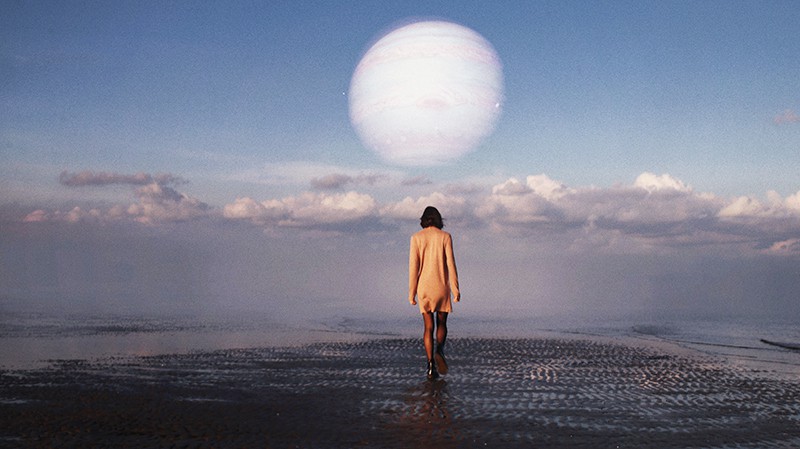
Source: Unsplash
Composite photography refers to images created by combining elements from two or more images. It has been an art form employed by photographers long before Photoshop and digital editing were even a twinkle in Adobe’s eye.
Famous photographers from the Victorian age were already manipulating photos to create incredible, fantastical scenes, such as the Canadian photographer William Notman who staged enormously elaborate photographs with only the technology available at the day.
Today, we have even more freedom and tools at our disposal to experiment with composite photography, and with these tips and tricks, you’ll be all set to begin in no time at all.
What is composite photography?
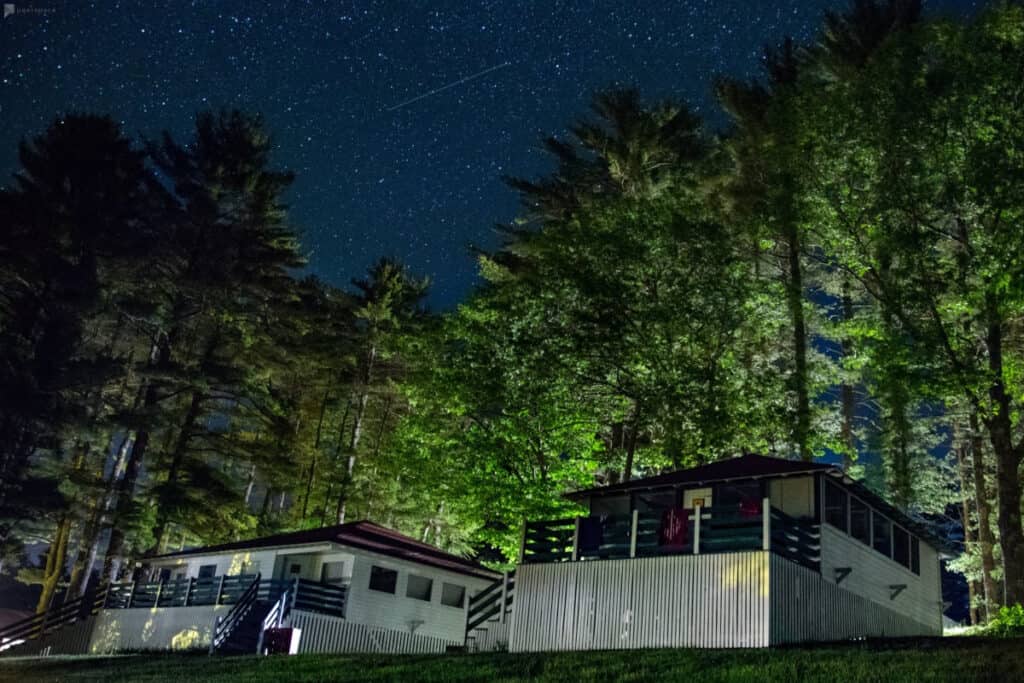
Composite photography involves assembling multiple pictures or elements into one final composition, with many creative outcomes available. Levitating subjects, depicting the passage of time, cloning an object, and superimposing unlikely elements together are all examples of artistic composite photography.
We can also use composite photography as a technical tool, as well. Think of those incredible astrophotography shots where the Milky Way spills across the frame in crisp detail and below it an incredible landscape of trees, rivers, canyons, or meadows.
Do you think that’s one image? Not at all — it’s a composite. We’ll explain.
Technical composites
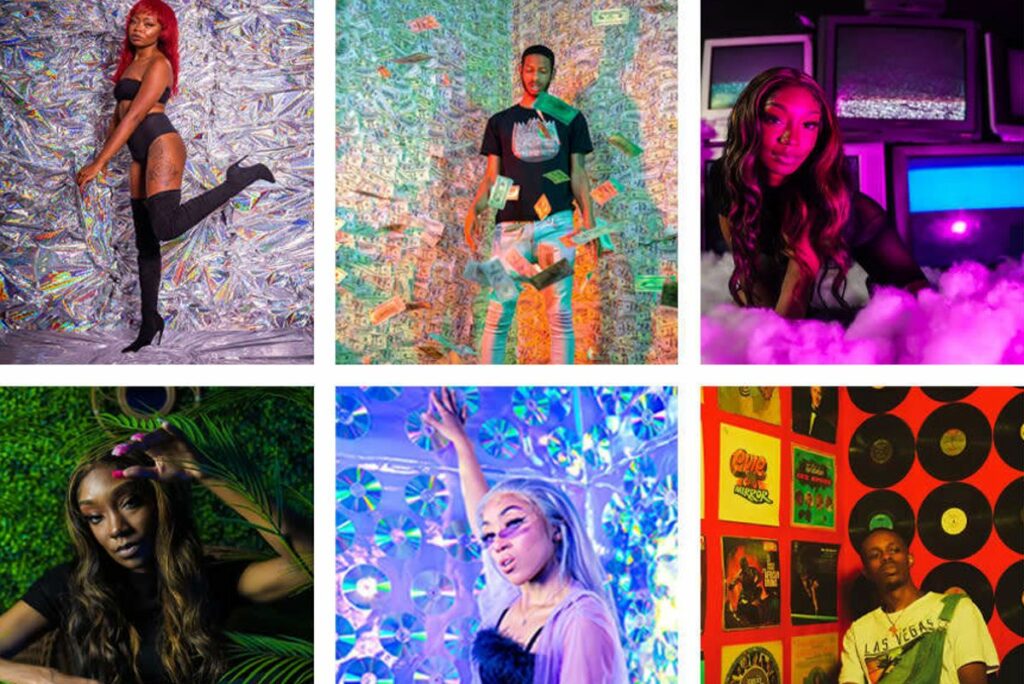
When shooting a landscape, it can often be difficult to expose properly for the sky and land alike. If a graduated filter isn’t easily available, the next easiest solution is to take two photos — one exposed for the sky and one of the ground — and then stitch them together in post-production, masking out the parts you don’t need.
Be sure to shoot on a tripod when stitching together images like this to ensure both photos line up accurately.
Composite photography is also a great way to edit out unwanted people in your photos, especially if photographing in a busy tourist area. Take multiple photos on a tripod, and layer the images one on top of the other. After that, simply erase anything you don’t want to see in the final photo.
Astro photography has another benefit from composite photography — known as stacking — to get rid of visual “noise” when shooting long exposures.
Shooting on a macro lens can come with the disadvantage of losing details outside the narrow depth of field afforded. Some photographers will shoot multiple photos at different focus marks so that the insect, tree frog, or other minute subject being captured comes out in greater detail.
Like the stacking method for astrophotography, this is known as focus stacking. This method can also be helpful for landscape photography when it’s necessary to have elements in the foreground and background in focus. Again, shoot on a tripod.
Another crucial photography aspect to master? Symmetry! Learn all about symmetry photography here.
Artistic composite photography
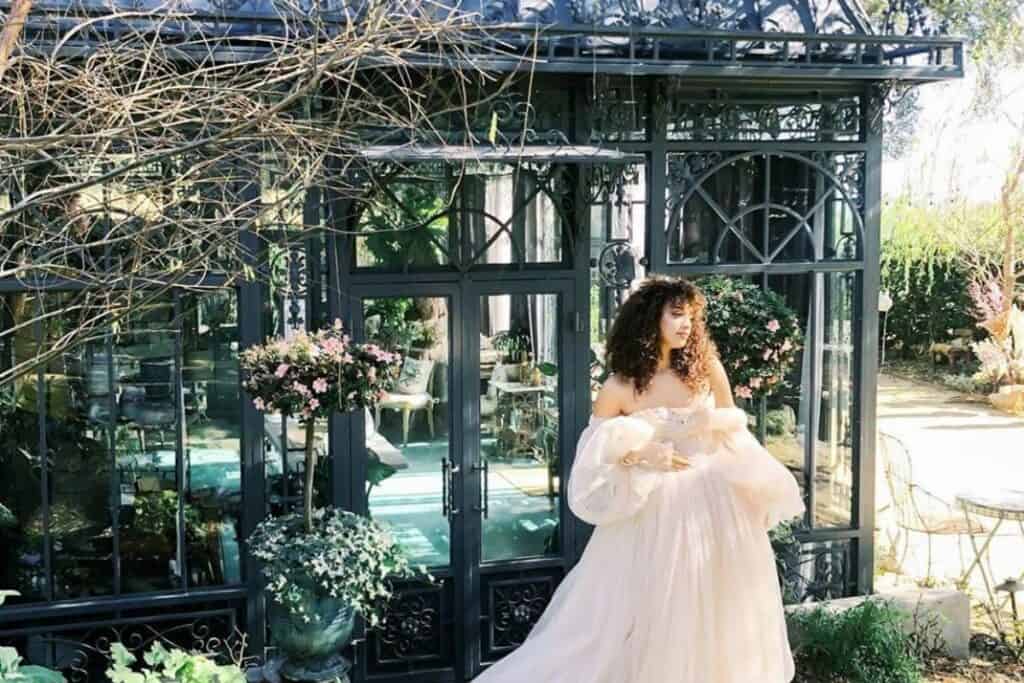
For all the artists out there, this is your moment to shine. Composite photography allows artists to craft an image rather than simply capture what is before them.
Stitching together multiple images, we can create all sorts of fantastical scenes, from a little girl having a conversation with three of herself, to all the hours of a day stretched across the canvas to a swan swimming in a teacup.
The possibilities are as endless as your imagination.
How to do it, in a word
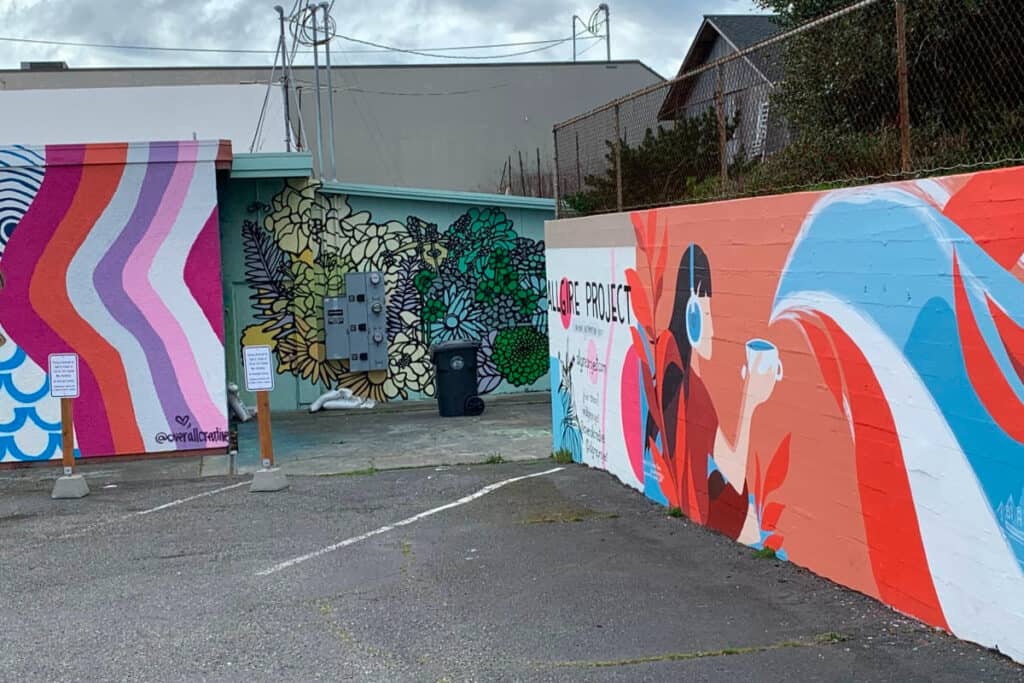
Start with the photo that will serve as the background of the final image. Then add new layers for each element you want in the photo — from people to animals, to locomotives, and beyond. Using the Magic Wand tool, draw a selection around the element.
Click on the “Mask” button below, and remove the background from the element you are adding by painting the mask square white. Next, click the “Mask” button below the layers, or put the selection onto a new layer.
By choosing a Layer Mask, you can add or delete parts of the original photo by coloring the mask layer. White to reveal and black to hide.
How to do it, with more nuance
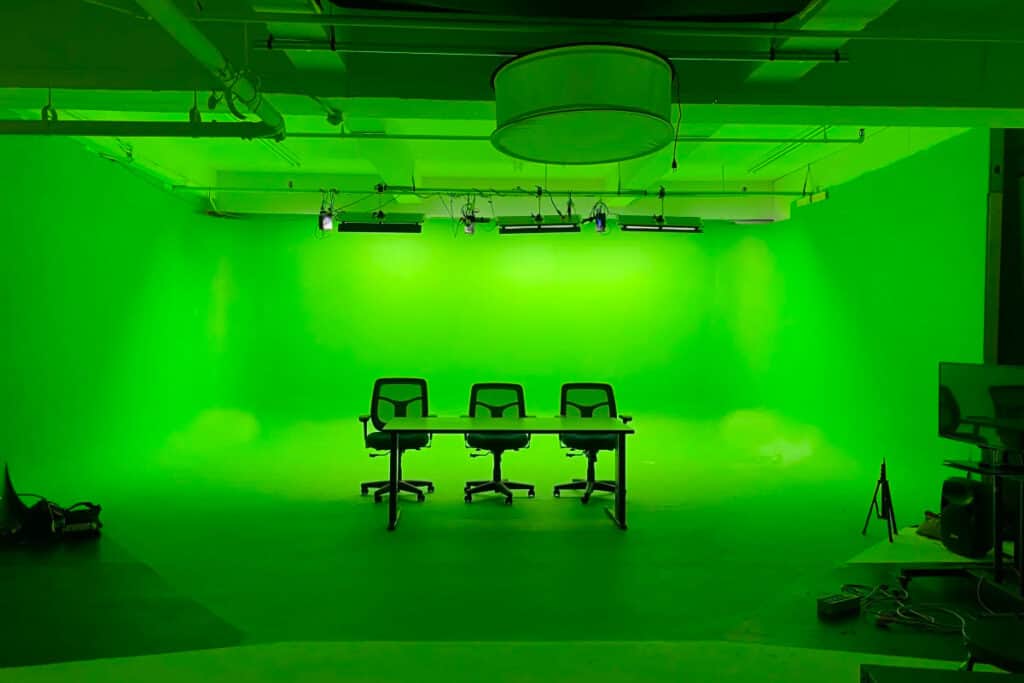
Begin with a plan for the image. Sketch it on paper if you can — it needn’t be more than a quick outline. Will the image take place indoors, at night, in a city park, on the moon?
Consider how the lighting will play across the scene, and keep this in mind when photographing the other elements you will introduce to the image to ensure it looks as realistic as possible.
Create a mood board to help plan
Utilizing a mood board can be a great way to help build ideas for your image, including color schemes, textures, perspectives, and other details you may want to include. Putting them all in one place will make it easier to see what works and what you want to change. You can also use this moment to gather important references.
For example, if you’re planning a wintery morning scene, find real images of the snow in the morning light, to see how the light plays on the snow, what the texture is like, etc.
Create a narrative
The more you work with an image, the more you will naturally start to build a narrative around the characters in the scene, and this will add enormous depth to your final photo. If there is a girl holding a balloon, out of which is bursting an eagle, for example, then how did the girl get the balloon?
Was she expecting the eagle? What is her reaction? Does the eagle have wings fully out-stretched, or are they still unfurling? What time of day is it? Why is that significant? Did the girl steal the balloon from a witch? Is the witch watching? All of these sorts of questions will help you build a compelling image.
Tweak your sketch
With so much work having gone into your image at this point, you’ve probably come up with some new ideas. This is the moment to adjust your initial sketch or maybe even draw a new one entirely.
Get a good idea of how you’ll be bringing each element to life, and now it’s time to get started!
Shoot on a green screen
Shooting on a green screen is one of the easiest ways to ensure you’ll have no trouble cutting out your subject matter.
After all, that’s what it’s for! Especially if your image is featured around a low-contrast background, this will ensure that no details are lost.
Get shooting
With each element carefully planned, it’s time to go into the studio — or wherever you’ll be working — and begin creating your photograph.
Composite photography is all about faking real life and affords incredible ability to experiment and play, creating unbelievable collage images that defy reality.
Use the ‘Mask Tool’
As we mentioned before, the Mask Tool is your best friend for composite photography. The advantage of using masks is that you can go back later and reveal more of the image or erase them as you desire. You can also adjust the opacity of a mask, refine the borders, or invert the mask as you see fit.
In fact, a full tutorial on Mask Layers could keep us occupied for a long time! Use Masks to your advantage, and the world of composite photography is your oyster.
Using the ‘Smudge Tool’ to hide the edge
Sometimes, despite your best efforts, there are little imperfections. Especially along the edge of the elements you are adding into the scene, you might find that these jump out at you in a jarring way, bringing you out of the scene entirely.
Using the Smudge Tool in Photoshop — or another editing software — will help soften these abrupt edges and make the image feel more real.
Keep your artistic skills sharp by learning all about surrealism photography next!
Additional tips and tricks
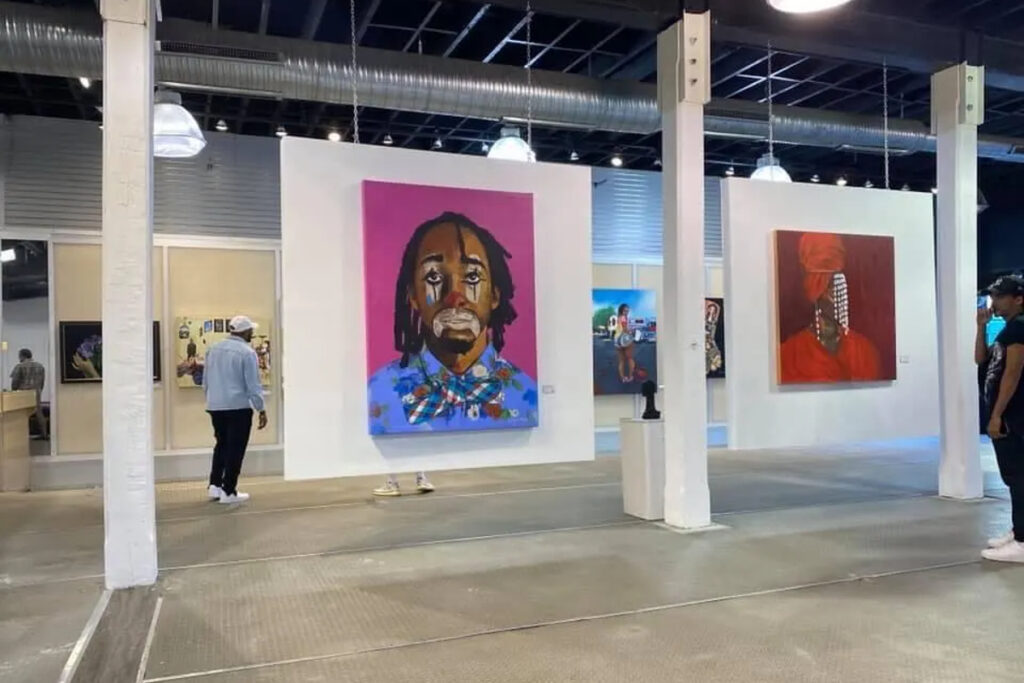
If you’re stuck for inspiration, consider looking back in time — to famous works of fine art. The elegant forms and varied subject matter of fine art — of which you have enough material to keep you busy for your whole career — are great starting points. Surrealist paintings are particularly well-suited to composite photography.
You can also practice or get started by finding old images in your portfolio and creating composites out of them. It’s a great exercise in creating something out of “nothing,” so to speak.
Stock photographs are another excellent material source and can provide you with all sorts of inspiration that may have never crossed your mind. Don’t let your art be confined to only what you can produce, especially if you’re looking for elements from foreign countries — such as unique animals or landscapes — or things that are hard to reproduce.
A very “simple” type of composite photography is the trusty double exposure. Whether shooting on film or on digital, the juxtaposition of two or more images overlaid across each other can tell poignant and unique stories. You might be surprised at what you create!
Practice composite photography at a Peerspace
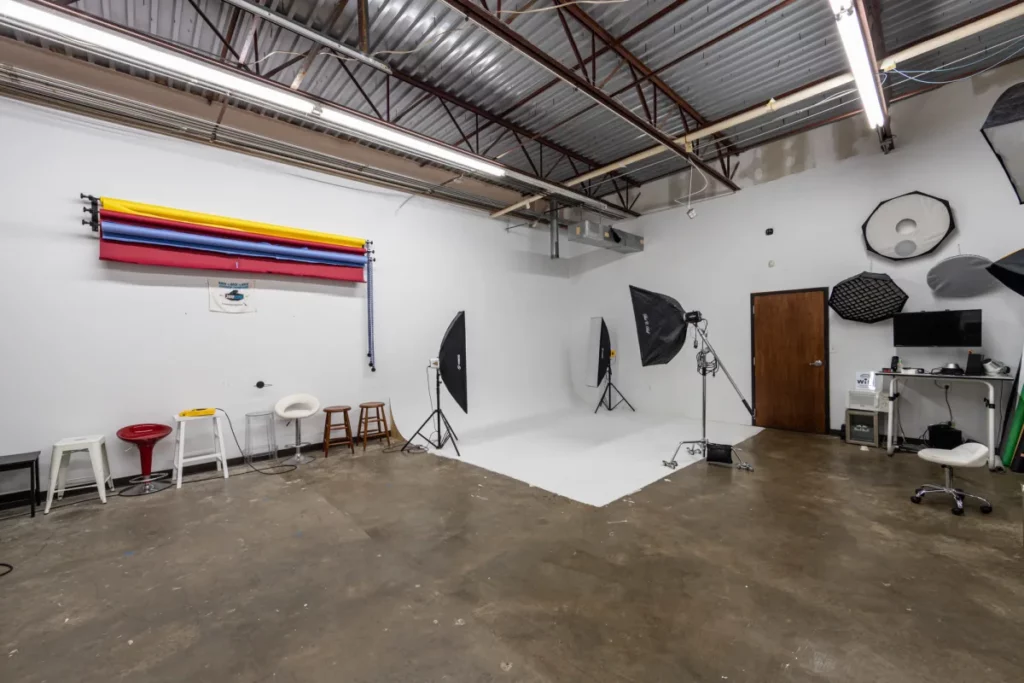
Now that you have the background information on composite photography and the technical know-how, you must be itching to try it, right?
That’s where Peerspace can help you, too! As the largest online marketplace for hourly venue rentals, you can easily locate and book photographic spaces that help you create photographic composites.
And what sets Peerspace apart is that you can book professional studios, event spaces, lofts, galleries, meeting rooms, and everything in between. Wherever you find inspiration, we have the place to suit you.
And since all spaces are available to book by the hour, you don’t have to feel chained down to one particular spot. You’re free to book as much or as little time at each venue as you like before moving on to your next photographic conquest.
Composite photography: conclusion
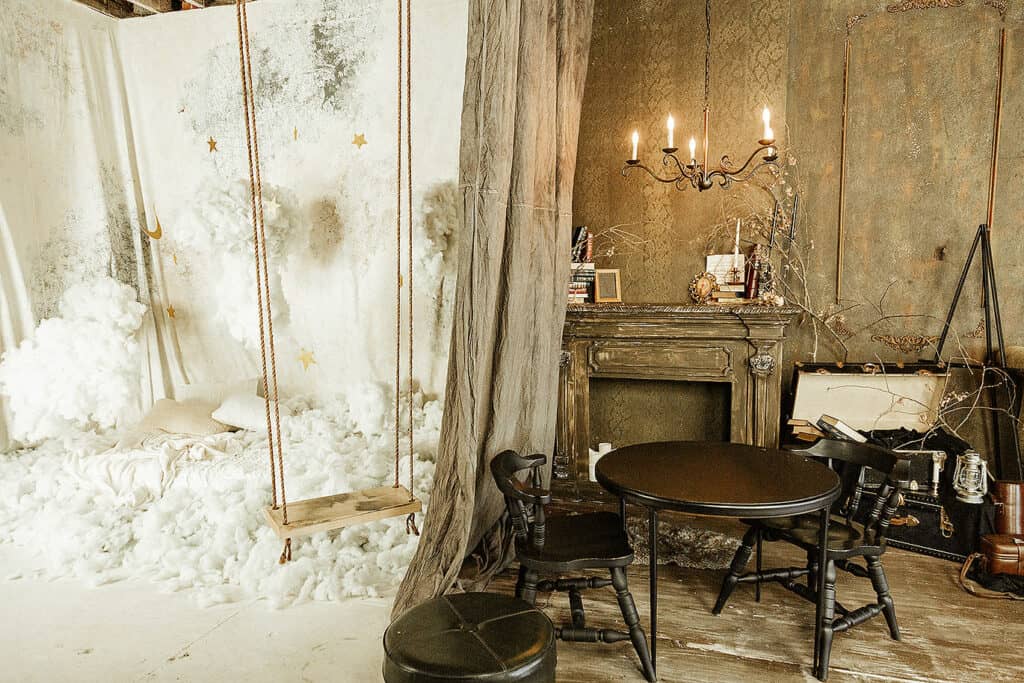
Whatever you aim to achieve through composite photography, whether it be art or precision, you’ll find the process to be a rewarding addition to your toolset as a photographer.
Follow these tips and tricks, book inspiring and helpful Peerspace venues, and you’re sure to be on the right track to mastering the art of composite photography!
Find unique production venues on Peerspace
Get together somewhere better
Book thousands of unique spaces directly from local hosts.
Explore SpacesShare your space and start earning
Join thousands of hosts renting their space for meetings, events, and photo shoots.
List Your Space

